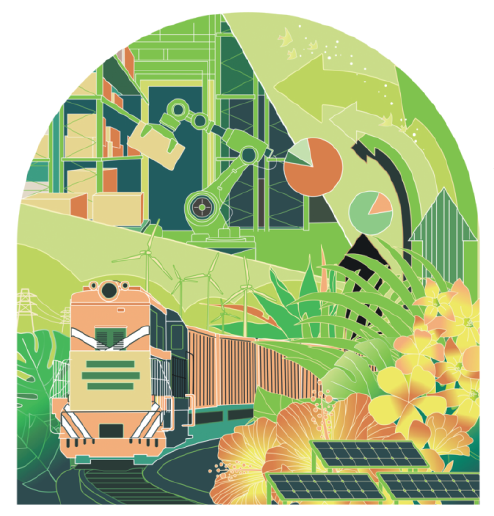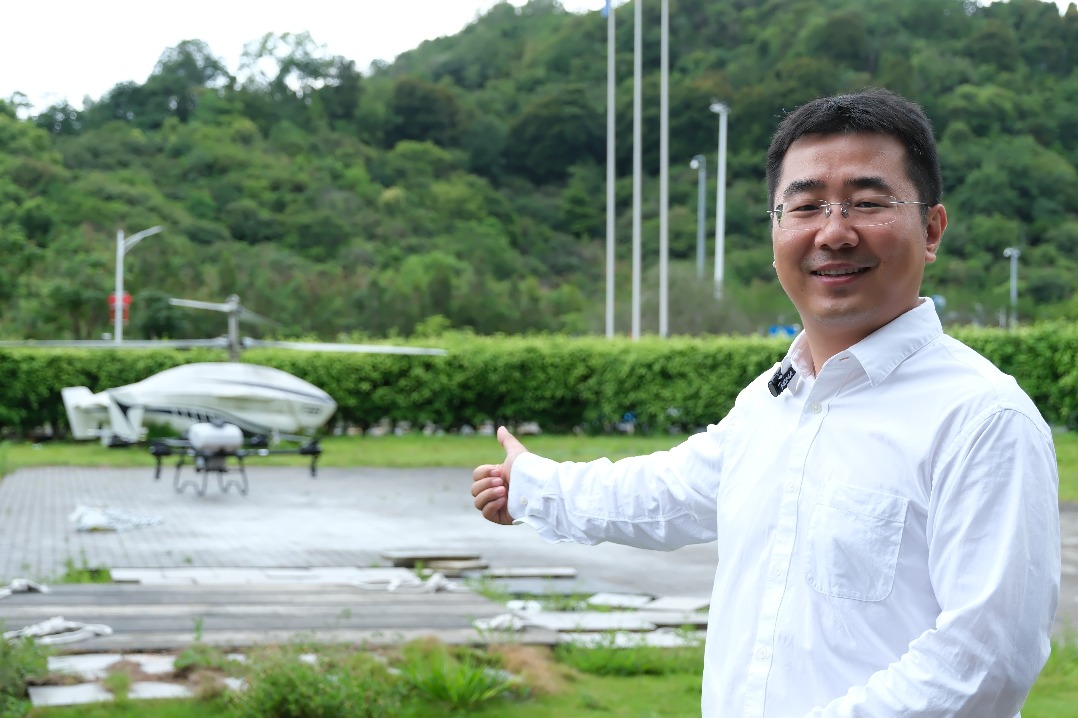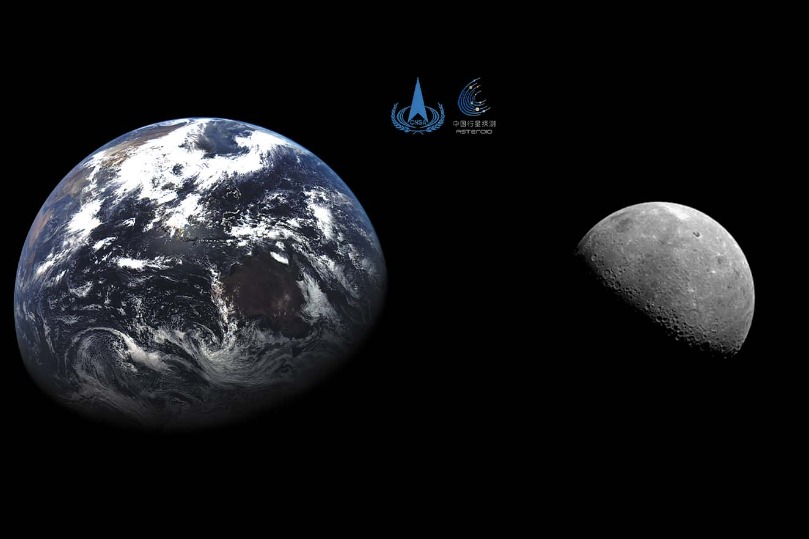Green energy powers Indonesia ties


As China and Indonesia commemorate 75 years of diplomatic relations, a subtle yet significant transition is underway — from investments primarily focused on infrastructure under the Belt and Road Initiative framework to strategic collaboration in clean energy. As Indonesia aims to achieve net-zero emissions by 2060 and China has emerged as a global leader in renewable energy technology, the relationship between the two sides is poised to enter a new era, an era driven, not by roads and rails, but by solar panels, green finance and innovation.
This developing partnership between China and Indonesia represents a broader shift in the strategic interests of both countries. For Indonesia, green energy has moved from a voluntary consideration to a national priority. Indonesia has pledged to increase the share of renewables in its energy mix to 23 percent by 2025, supported by policies including the 2025 National Electricity General Plan and the recently released Ministerial Regulation No. 4/2025 on Biofuels.
China, on the other hand, has already realized most of its clean energy targets — installing more than 340 GW of solar photovoltaic capacity in 2024 alone and achieving its target of having an installed capacity of 1,200 GW of solar and wind power six years ahead of schedule.
The meeting of these paths creates natural synergy. China's leadership in solar panel and battery production, and smart grid technology can directly reinforce Indonesia's ambition of building large-scale solar farms, and modernize its energy infrastructure. These technologies transcend the scale of technology transfer and suggest greater coordination in industrial policy and long-term sustainability ambitions.
Alongside technological innovation, green finance is also becoming an essential element in this evolving partnership. The passage of Indonesia's Presidential Regulation No. 98/2021 on carbon's economic value has provided a basis for carbon trading and payments for performance, thus opening up new areas of investment in climate-related programs. China, with its growing number of green finance institutions and experience in emissions trading, has much to offer to unlock these mechanisms for bilateral and regional collaboration.
Simultaneously, cooperation in green energy suits Indonesia's attempt to develop value-added industries centered on its strategic mineral resources. As a significant producer of nickel and other essential materials required for lithium-ion batteries, Indonesia is best placed to move up the value chain with China's battery manufacturing and downstream processing experience helping it to strengthen its resource base — provided both sides commit themselves to a sustainable industrial policy with sustainability, human resource development, and inclusive growth at the top of their agenda.
This transformation is not merely technical for it has geopolitical implications. Western countries, on the other hand, are readjusting their China strategies and trying to decouple certain supply chains from those of China.
Southeast Asia is a region where countries still welcome cooperation with China, albeit such cooperation has increasingly become selective. As ASEAN's largest economy, Indonesia offers China a strategic chance to demonstrate its commitment to balanced and sustainable development.
Indonesia must also ensure that cooperation with other countries serves its national interests — not just energy security, but technological sovereignty and mutual development as well.
Thus, the way forward for cooperation goes beyond project-based investment and into co-creation in innovation. Indonesia's National Research and Innovation Agency (BRIN) is already leading research in geothermal technologies, organic Rankine cycles, EV batteries, and even ferrofluids — all areas where cooperation with China can help yield quick, better results.
Such collaborations need to be viewed not only as good for bilateral trade but also potential substantive contributors to climate solutions from the Global South. To realize the above vision, several strategic steps need to be taken.
There is a need to prioritize regulatory coherence and cross-sectoral coordination so that the bureaucratic gridlock does not stifle clean energy initiatives.
Fiscal incentives and green finance facilities must be scaled up to attract domestic and foreign capital, while public awareness and people's participation should be increased to imbue sustainability at the local level.
And what's more, Indonesia must continue investing in research, innovation and other fields in order to commercialize clean technologies. With the shifting world energy landscape, China-Indonesia green energy cooperation can be a prototype for South-South cooperation that is low-carbon, innovation-driven, and economically sustainable.
More important, both countries must move beyond transactional relations and pursue a values-based partnership founded on co-leadership, mutual respect, and planetary responsibility to build a green, healthy and better future.
The author is a senior researcher at and director of Policy Formulation for Research, Technology, and Innovation, at the National Research and Innovation Agency, the Republic of Indonesia.
The views don't necessarily reflect those of China Daily.
If you have a specific expertise, or would like to share your thought about our stories, then send us your writings at opinion@chinadaily.com.cn, and comment@chinadaily.com.cn.


































